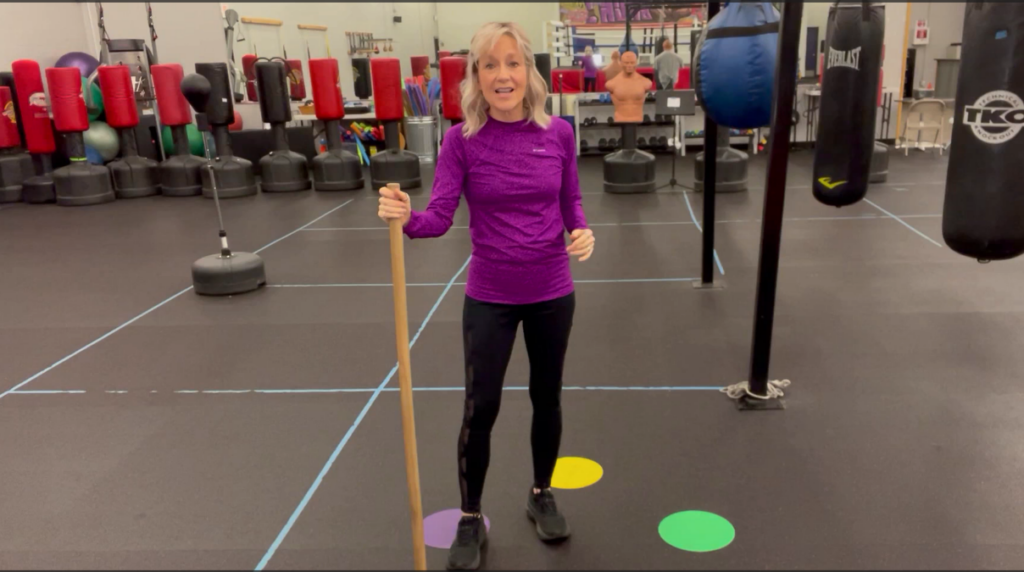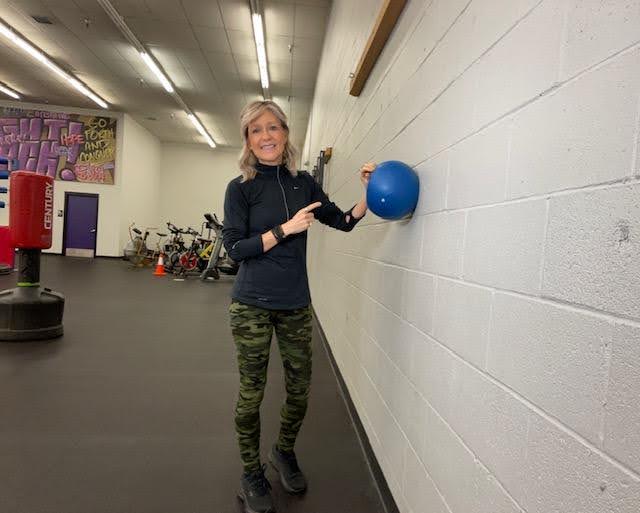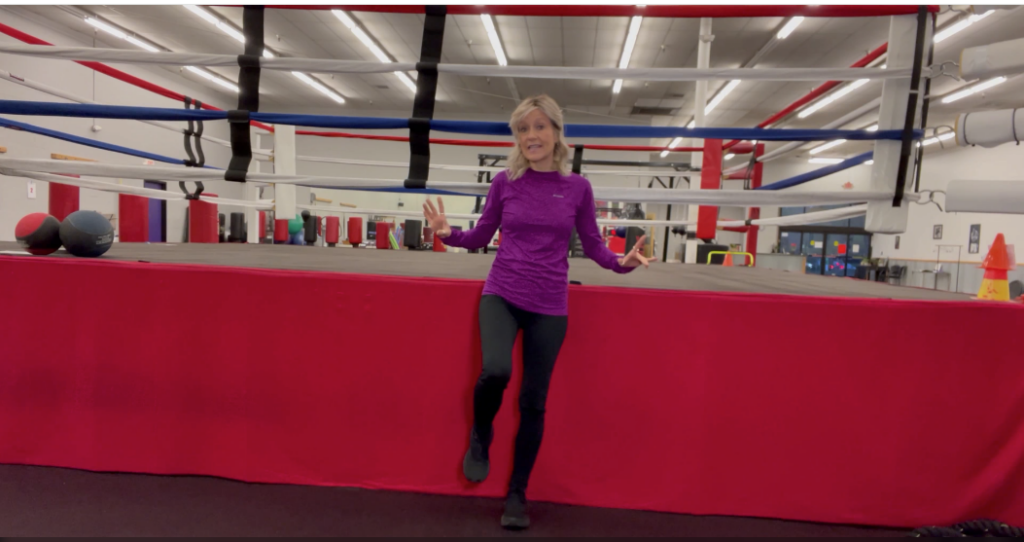SEARCH OUR AMAZING LIBRARY
OF VIDEOS AND ARTICLES TO
HELP YOU MANAGE YOUR PARKINSON’S
Blog
Balance Issues With Parkinson’s? Watch This Video!

Loss of balance and falling are the most dangerous symptoms of Parkinson’s and other neuromuscular conditions. It’s terrible to hear about people falling and breaking bones, but the aftermath of a bad fall can be even worse. Prolonged bed rest causes decreased lung expansion and a high risk of aspiration, leading to pneumonia.
Continue reading “Balance Issues With Parkinson’s? Watch This Video!”You Must Do This Every Day if You Have Body Pain With Parkinson’s

Cramping muscles from Parkinson’s is usually related to a neuromuscular problem versus an electrolyte imbalance. Therefore, you’ll need to address the muscles and connective tissue directly.
Continue reading “You Must Do This Every Day if You Have Body Pain With Parkinson’s”The Best Parkinson’s Exercises for Speech and Swallowing Issues

It’s well known that Parkinson’s disease can affect the voice and swallowing. This can cause significant communication problems, reduced social interactions, and isolation—not to mention choking if your swallowing is affected. With PD, you must work your mouth, tongue, and throat the same way you work muscles in the rest of your body.
Continue reading “The Best Parkinson’s Exercises for Speech and Swallowing Issues”An Effective Ball Exercise for Improving Balance and Weak Hips With Parkinson’s

Weak hip muscles are strongly correlated with decreased balance and an increased risk of falls. This is because the hip abductors, extensors, and flexors are crucial for maintaining stability and controlling movement during activities like walking and standing. When these muscles are weak, individuals may struggle to maintain a stable posture, leading to balance issues.
Continue reading “An Effective Ball Exercise for Improving Balance and Weak Hips With Parkinson’s”How To Improve Your Balance and Reduce Falls if You Have Parkinson’s

Balance is a complex interaction between many systems in the human body: our feet read the ground, our eyes and ears tell us where we are in space, and our core strength affects posture. With Parkinson’s, any of these systems can contribute to balance issues and falling.
Continue reading “How To Improve Your Balance and Reduce Falls if You Have Parkinson’s”